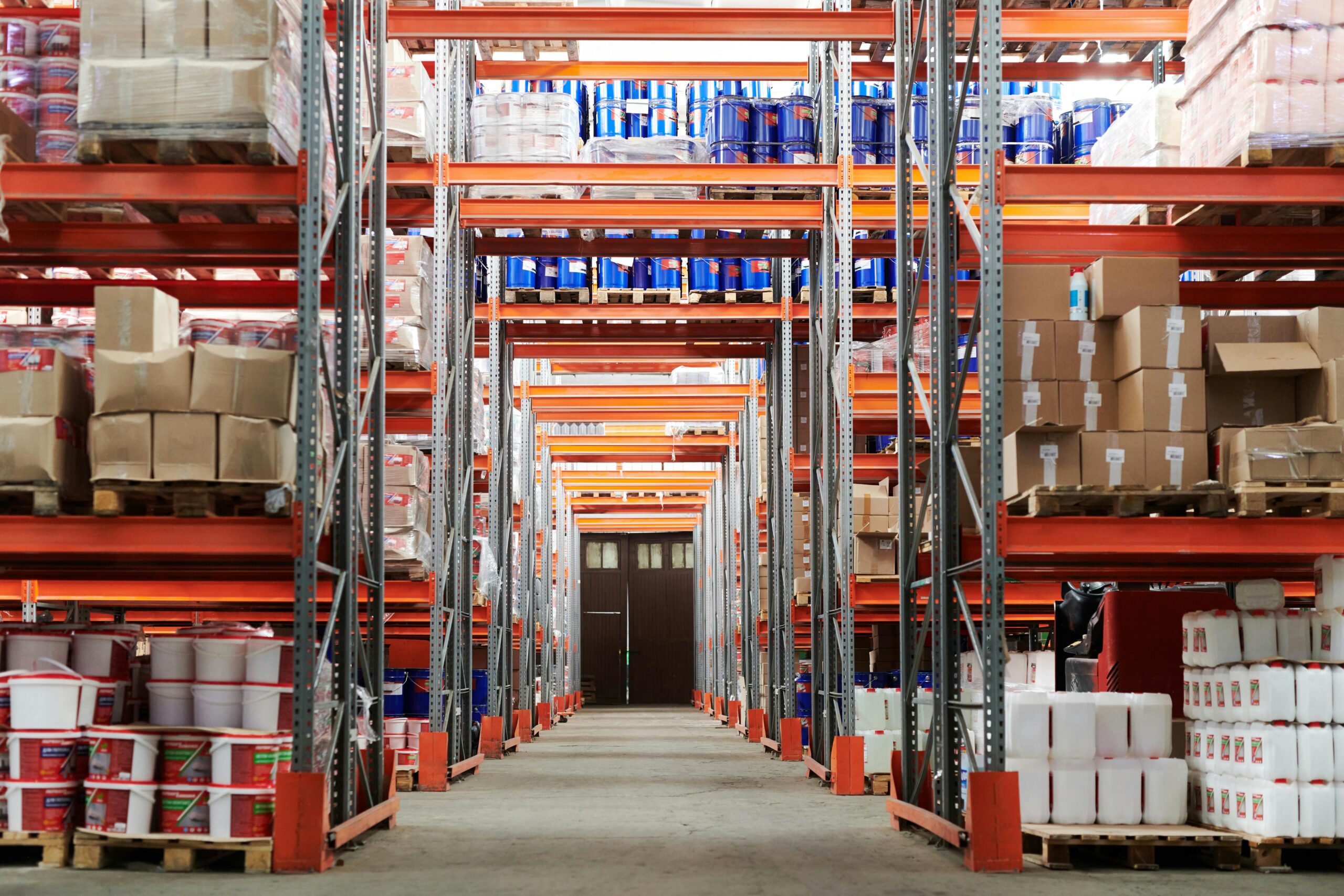As eCommerce brands grow, the need for efficient logistics, faster shipping, and reliable inventory management becomes critical. One of the biggest decisions a scaling online store faces is whether to buy its own warehouse space or continue renting or outsourcing fulfillment to a third-party logistics (3PL) provider. This decision is not just about cost—it affects flexibility, scalability, and long-term growth strategies.
In this article, we’ll break down the pros, cons, costs, and real-world scenarios to help you determine if owning a warehouse is the right move for your eCommerce business.
Why Is Warehouse Ownership a Key Question for eCommerce Brands?
The eCommerce boom, particularly after 2020, has caused fulfillment costs and warehouse rentals to rise significantly. For many growing brands, the monthly bills from 3PL providers or leased warehouses start to feel like money slipping away. At some point, buying a warehouse might seem like a cost-saving and asset-building strategy.
However, buying is not always the best answer. Owning a warehouse means high upfront investment, ongoing maintenance, and less flexibility if your business needs to pivot. So, when should eCommerce brands consider buying warehouse space? Let’s find out.
Pros of Buying Your Own Warehouse
1. Long-Term Cost Savings
Although the initial cost of buying a warehouse is high, it often saves money in the long run. Renting or paying for 3PL services can add up to hundreds of thousands of dollars annually, whereas owning a facility eliminates recurring rent.
2. Greater Control Over Operations
Owning your warehouse means you can customize its design, layout, and technology to fit your specific needs. From specialized storage to automated packing systems, control is in your hands.
3. Asset Appreciation
Commercial properties, including warehouses, often appreciate over time. This means that buying isn’t just a business expense—it can become a valuable long-term investment.
4. Inventory Security and Privacy
Some brands prefer complete control over their stock to ensure security and reduce risks associated with outsourcing.
Cons of Owning a Warehouse
1. High Upfront Costs
Buying a warehouse can cost anywhere from $500,000 to $5 million or more depending on size and location. This is a huge expense for small to mid-sized businesses.
2. Maintenance and Staffing
Once you own a warehouse, you’re responsible for maintenance, hiring staff, security, insurance, and utilities—costs that can add up quickly.
3. Less Flexibility
If your brand grows rapidly or needs to downsize, a purchased warehouse might not match your changing requirements. Renting or using a 3PL offers more flexibility.
4. Complex Logistics Management
Managing your own fulfillment operations requires expertise in supply chain management, which can be overwhelming for brands focused on product and marketing.
3PL vs. Owning: Which Is Better for eCommerce?
Third-party logistics (3PL) providers like Amazon FBA, ShipBob, or FedEx Fulfillment are popular because they handle storage, packing, and shipping while offering scalability. For small and medium businesses, 3PL often makes sense due to:
-
Lower initial costs
-
Ability to scale up or down based on demand
-
Access to professional logistics systems
Owning a warehouse, on the other hand, is better suited for:
-
Brands with high monthly order volumes (10,000+ orders)
-
Companies needing customized logistics solutions
-
Businesses paying over $100,000 annually for 3PL services
Cost Breakdown: Buy vs. Rent Warehouse Space
Buying Costs:
-
Purchase price: $500,000 – $2 million (depending on size/location)
-
Annual maintenance: 3–5% of property value
-
Staffing and operational costs
Renting or 3PL Costs:
-
Rent: $1,000 – $10,000/month (varies by location and size)
-
Additional storage and fulfillment fees
Bottom Line:
Buying is cost-effective only if your annual logistics costs exceed the long-term mortgage and maintenance expenses.
Signs Your Brand Should Buy a Warehouse
-
You consistently process 10,000+ orders per month.
-
Your 3PL costs are cutting too deeply into profit margins.
-
Your products need specialized handling or temperature control.
-
You have a long-term growth plan that justifies property investment.
FAQ
1. Is buying a warehouse worth it for small eCommerce stores?
No, most small online stores benefit from 3PL providers or shared warehouse spaces. Buying is best for large-scale operations.
2. How can a warehouse improve eCommerce logistics?
Owning a warehouse allows for faster shipping, better inventory control, and cost savings if order volumes are high.
3. Should I invest in warehouse automation?
Yes, if you own a warehouse, automation tools like conveyor belts or robotics can reduce labor costs and speed up fulfillment.
Final Thoughts
Buying a warehouse is a major milestone for any eCommerce brand, but it’s not the right move for everyone. If your brand is still growing or experimenting with product lines, renting or using a 3PL remains the smarter option. However, if you’ve reached a level of consistent high sales and want more control over fulfillment, buying can save you money and build long-term value. The key is to assess your current costs, growth trajectory, and operational needs before taking the leap.




